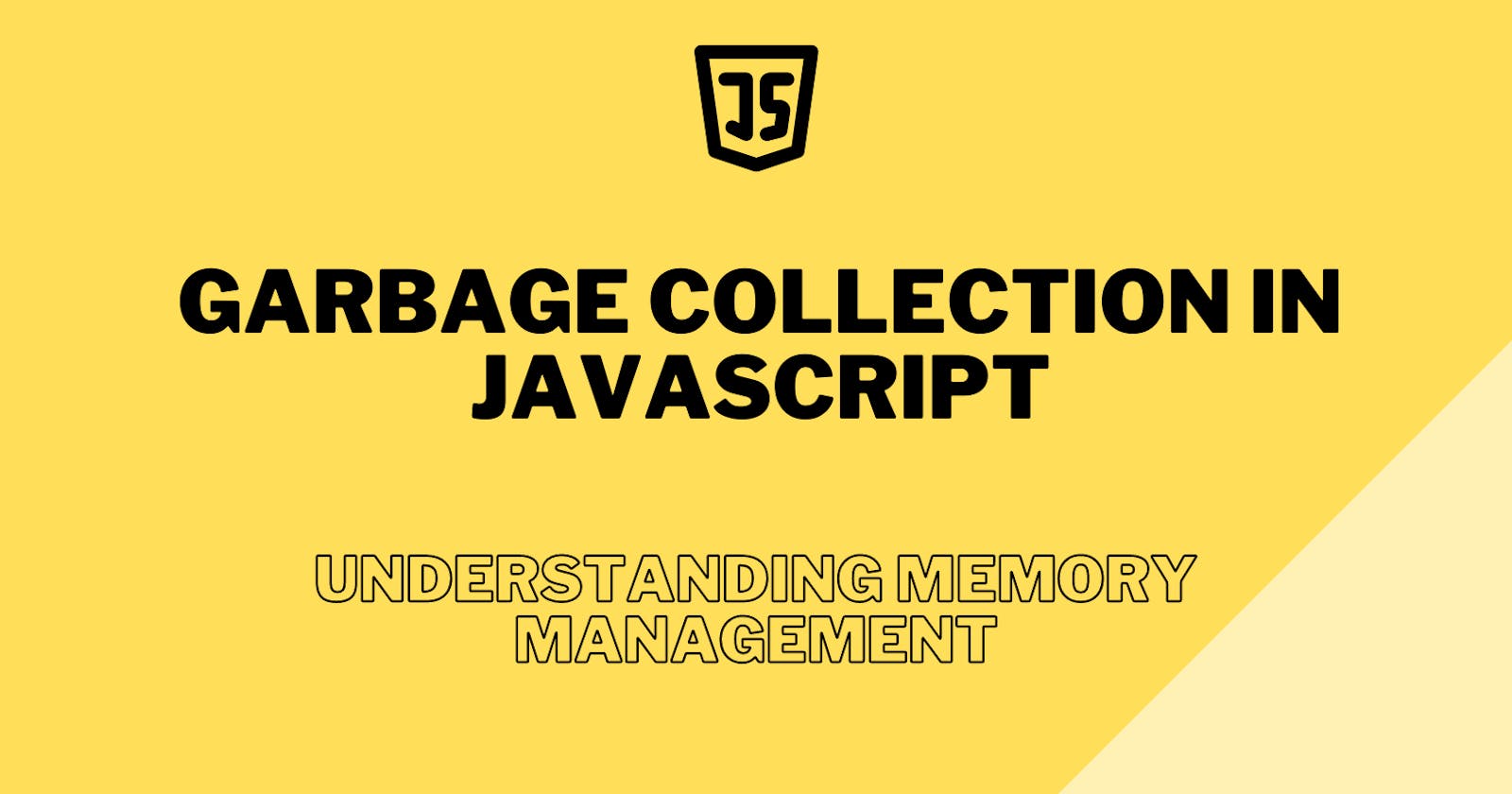JavaScript is a high-level programming language that is widely used for developing web applications. One of the most important features of JavaScript is its garbage collection mechanism, which helps in managing memory allocation and deallocation. Garbage collection is an automated process that frees up memory when it is no longer needed, thereby preventing memory leaks and improving the performance of the application. In this article, we will discuss garbage collection in JavaScript and its importance in memory management.
What is Garbage Collection?
Garbage collection is a process of automatically freeing up memory that is no longer being used by the application. It is an essential part of memory management in programming languages like JavaScript, where memory is allocated dynamically. When a new object is created in JavaScript, memory is allocated for it dynamically. When the object is no longer needed, the memory should be deallocated to avoid memory leaks.
The process of garbage collection is performed by the JavaScript engine, which periodically checks the memory usage and identifies objects that are no longer being used. The engine then deallocates the memory used by these objects, making them available for new objects.
How does Garbage Collection work in JavaScript?
JavaScript garbage collection works by using a mark-and-sweep algorithm. The algorithm consists of two phases: marking and sweeping.
Marking Phase: In the marking phase, the garbage collector marks all objects that are still being used by the application. It does this by starting from a set of roots, which are objects that are known to be still in use by the application. These roots include the global object, objects referenced from the call stack, and objects referenced from JavaScript closures. The garbage collector then follows all the references from the roots to other objects, marking each object it encounters as still in use. This process continues until all reachable objects have been marked.
Sweeping Phase: In the sweeping phase, the garbage collector sweeps through the memory and deallocates the memory used by objects that were not marked in the marking phase. This memory is then made available for new objects. The garbage collector in JavaScript is run automatically by the JavaScript engine, and developers have no control over it. However, developers can help the garbage collector by writing efficient code that does not create unnecessary objects or hold onto references to objects that are no longer needed.
Conclusion:
Garbage collection is a critical part of memory management in programming languages like JavaScript. It helps in preventing memory leaks and improves the performance of the application. The mark-and-sweep algorithm used by the JavaScript garbage collector is an efficient way of deallocating memory that is no longer needed. As a developer, it is essential to understand the garbage collection mechanism in JavaScript and write efficient code that helps the garbage collector in managing memory allocation and deallocation.
